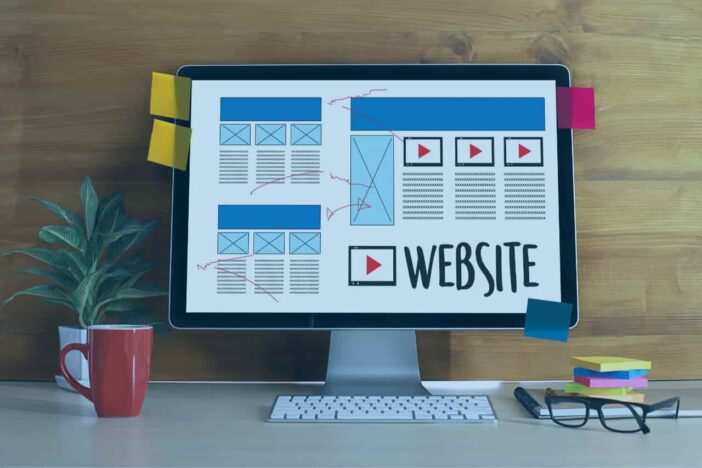When the internet was initially established, websites could only contain hyperlinks and text. Nowadays though, you’ll struggle to find a website that doesn’t at least feature one image.
Images have various functions: showing off product examples, page decoration, buttons, thumbnails, and more. With so many functions, it’s easy to fill a page with beautiful, large imagery. However, there are a few guidelines to follow when you’re adding images to your site.
Including Alt-Text To The Pictures
Alt-text refers to the alternate text of imagery. This text gets linked to a picture on the backend of the website. The alt-text involves a basic and short description of the picture. It is not a caption; therefore, it will not feature on the webpage but rather in the Meta description. Not many internet users look at the website’s Meta information, however, the reason for adding alt-text is for boosting your SEO and making the website more accessible.
It assists your SEO because Google penalizes a website that is failing to add alt-text. Google’s primary goal is making websites more user-friendly and accessible. This is why accessible websites typically rank higher on the Google search engine. Accessible sites are those websites that have put in a significant effort to permit less fortunate or disabled users to view their websites with ease.
Alt-text is beneficial towards this since users that have bad internet connection can not load images, therefore alt-text permits them to see what the image is displaying. It is especially vital to users that have a visual impairment that must rely on screen readers in order to surf the net. Such readers can read alt-text, but not descriptions of the images.
Full-Width Pictures Must Be 1280 Pixels Wide
Full-width imagery contains significant utility on a website. They are used as banner images for the header, backgrounds of a webpage, photos in a slider gallery, webpage segment, etc. Images with 1280 pixels are wide enough to fill the screen of ninety-three percent of users. Contingent on your target demographic, you may wish to utilize a broader image to accommodate the use of wide screens. This could be applicable to gamers, designers, video editors, etc. You can enlist the aid of an agency that specialize in SME SEO services to help you with including images that are most suited for your website.
Don’t Make Use Of GIF Files
When you’re adding images, it’s best to stick to .PNG or .JPG images. No good reason exists really to be making use of .gif files on a business website. JPEG files are usually small in size, contain vivid color choices and are easy to use. PNG files offer more editing choices (like clear backgrounds), support more colors than GIFS, and don’t deteriorate in quality with every re-save. The risk of using PNGs is that they have a tendency of being much larger than JPEG files. A picture of equal quality can be x3s large. When selecting a file type for a website, a JPEG is an excellent choice or PNGs when you need to include a clear background.
Your File Sizes Must Remain Below 2MB
This should not only apply to pictures but also any other files you’re uploading to the website. The larger a file, the more it slows down the website. Website load times are also scrutinized by Google when they rank a website. With this in mind, you must ensure you’re not overloading your website with a bunch of large image files. Try to stick to below 70kb when possible. This can be enhanced to a maximum size of 2MB for specific images, however, it is rarely necessary for images on an e-commerce website or on a brochure.





